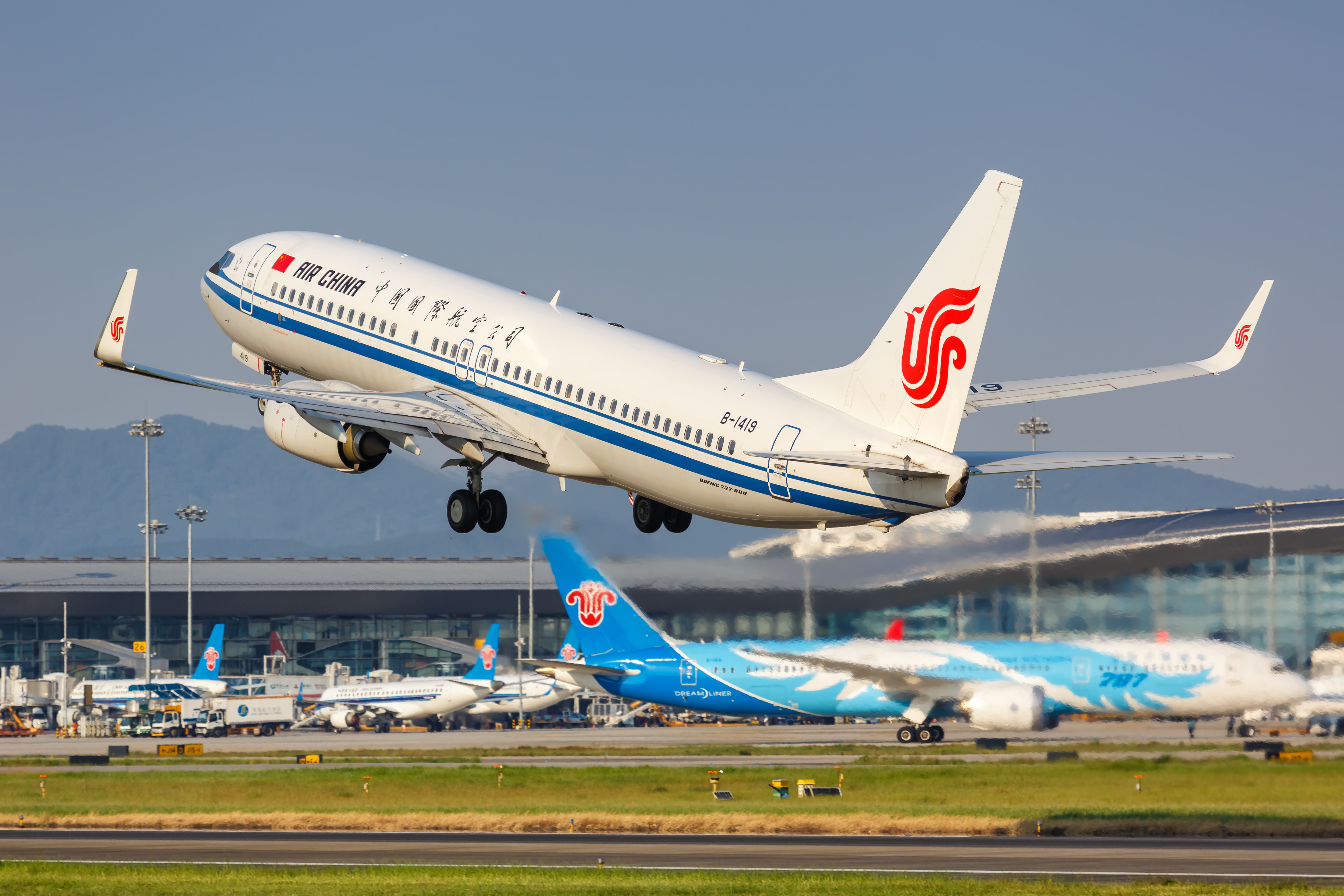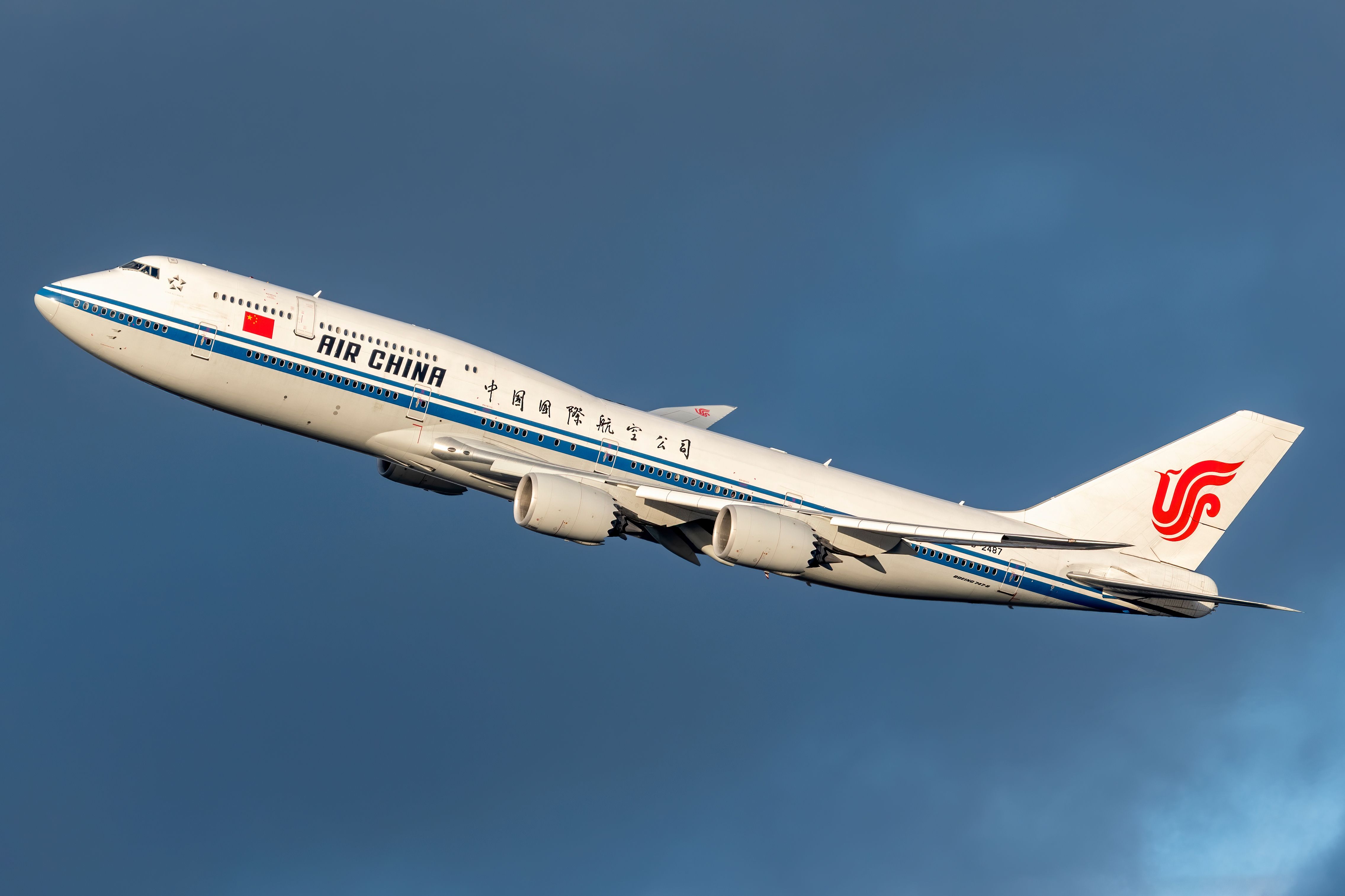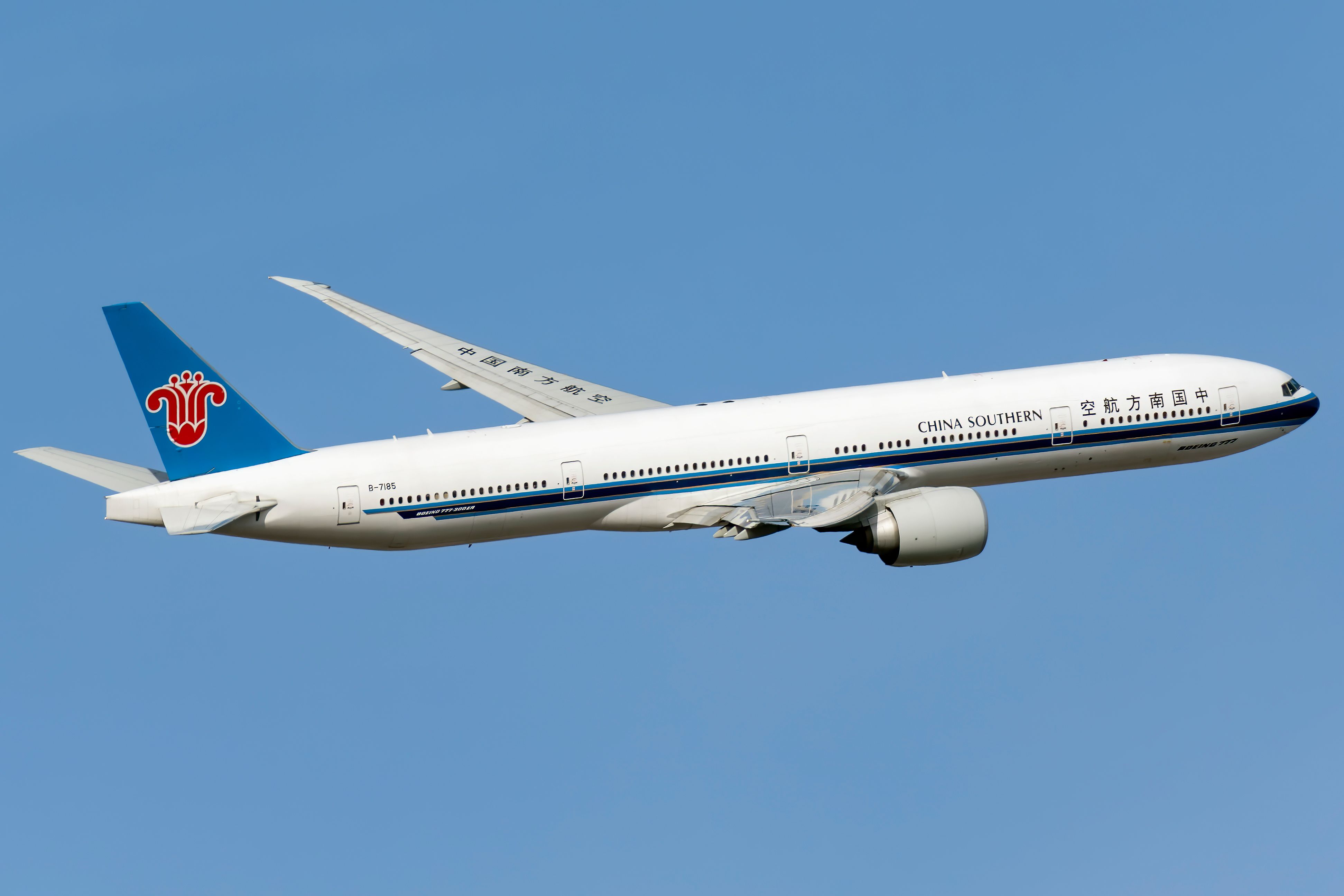With one week to go before China reopens its international borders after three years, Chinese airlines are preparing for huge pent-up demand from the massive market. An analysis by Reuters found that local airlines have kept most of their widebodies active and avoided laying off staff, putting them in a prime position to capitalize on the reopening. Let's find out more.
Busy January
China's sudden decision to drop virtually all COVID restrictions means that airlines are preparing for a busy January, which includes the Lunar New Year celebrations. As foreign airlines hold back on relaunching services to the country immediately, also partially due to new border restrictions added for travelers from China, domestic airlines are ready for a huge expansion in flights.
Data from Cirium, seen in Reuters, shows that 400 of roughly 500 widebodies in airline fleets are already in service. This means the lengthy process of bringing aircraft out of long-term storage, which can take thousands of worker hours each, won't be required. This could be an advantage for Chinese airlines, especially as foreign carriers hold off on plans.
Air China, China Southern, and China Eastern, the big three airlines, all operate varying widebodies, including the 787, A350, 747, and more. These can easily be repositioned onto long-haul international routes and move to higher frequencies as more passengers begin traveling in and out of the country.
Get the latest aviation news straight to your inbox: Sign up for our newsletters today.
Staff shortages
2022 revealed the true effects of the pandemic on the aviation industry, as airlines and airports in Europe, and some in North America too, struggled with staffing shortages. To prevent this, Chinese airports and carriers have retained up to 90% of their staff, which will hopefully mean they can scale up faster and more sustainably. However, this is far from a guarantee of smooth operations, with staff all along the supply chain needing to be available.
Notably, some Chinese companies are already struggling with staffing due to high COVID infections in the country. If the situation does not improve soon, airlines could also see many pilots, crew, and other staffers call in sick, leaving schedules in disarray as we've seen before. This will be an important metric to follow as airlines prepare to start flying internationally more.
Depending on how quickly outbound traffic from China recovers, domestic airlines have a distinct advantage. In 2019, local airlines took home 62% of ticket sales, while foreign ones only saw 38%. Domestically, traffic will likely rise quickly as city-wide lockdowns are abandoned.
Find more news about Asian aviation here
Restrictions adding up
While Chinese airlines might be excitedly waiting for January 8th, expecting countries are a bit warier. With millions of new infections, the US, UK, Australia, India, Italy, and a string of others have imposed pre-flight or on-arrival testing for passengers coming from China. While quarantines are not back, minus in a handful of cases and positive results, travelers will need to keep an eye on new restrictions.
What do you think about Chinese aviation in 2023? Let us know in the comments!
Source: Reuters



